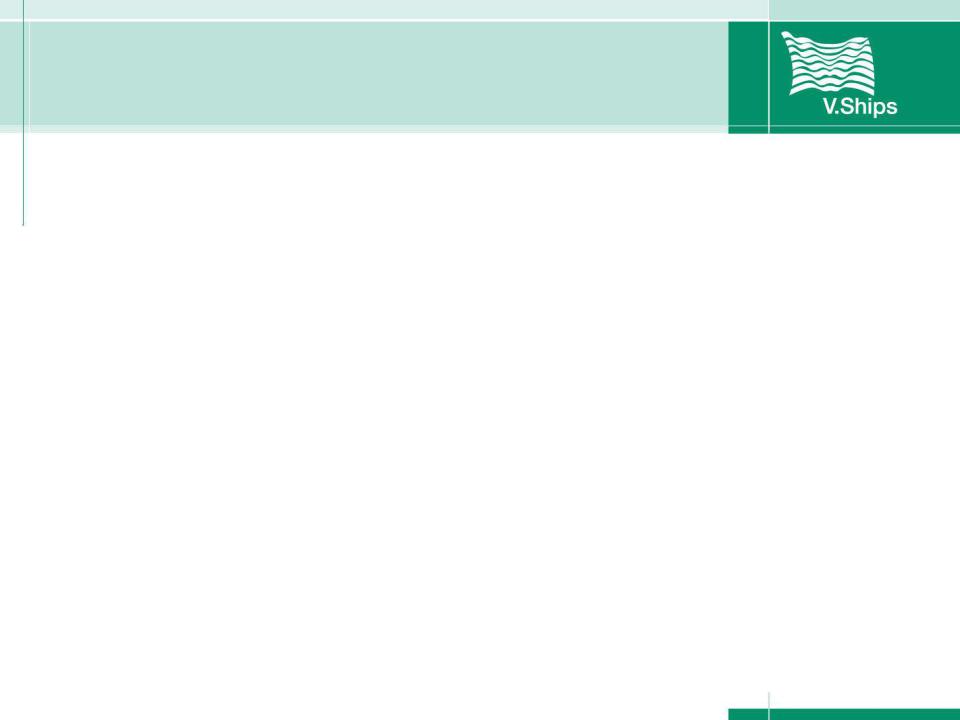
Chemical Tankers / Day 1 / Day 1 Topic 6 Static Electricity
.pdf
6.1 General information about static electricity
Chemical Tankers specific sources of charge separation:
Gas bubbles rising up through a liquid (e.g. air, inert gas);
Ejection of particles or droplets from a nozzle (steaming or inert gas);
Splashing of a liquid against a solid surface (tank cleaning operations);
Vigorous rubbing together and subsequent separation of certain synthetic polymers (sliding the polypropylene rope via PVC gloved hands);

6.1 General information about static electricity
Charge accumulation:
Charges that have been separated attempt to recombine and to neutralize each other.
If one or both of the separated materials carrying charge is a very poor electrical conductor, the material retains or accumulates the charges within itself.
Low Flash point Cargoes are often static accumulators.

6.1 General information about static electricity
Electrostatic discharge:
Occurs when the electrostatic field becomes too strong and the electrical resistance of an insulating material suddenly breaks down.
There are different types of electrostatic discharges such as corona, brush discharge and spark.

6.2 General sources of static generation.
What are the various sources of static generation within a Cargo System?
Discuss.

6.2 General sources of static generation.
There are various sources of static generation:
In terms of liquid flow:
oPassage of liquid through pipes;
oSettling of solid particles in liquids;
oSettling of droplets of one liquid through another;
oBreaking up of liquid in free fall;
oSpraying and splashing by the break up of jets or bubbles;

6.2 General sources of static generation.
There are various sources of static generation.
During cargo and tank cleaning operations:
oHose connection & disconnection; oInitial and maximum loading rates; oSampling and ullaging;
oHose blowing by air or nitrogen; oTank cleaning operations;
oSteaming or water re-circulation; oUsing of portable equipment;

6.3 List of static accumulative cargoes.
Materials and liquid products that are handled by tankers are classified as being:
oNon-conductive;
oSemi-conductive;
oConductive;

6.3 List of static accumulative cargoes
Non-conductive materials:
• Materials with such low conductivities that once they have receive a charge they retain it for a very long period. Non-conductors may be used and acting as insulators.
Liquids are considered to be a non-conductors when they have conductivities less than 50 pS/m (pico Siemens/metre).
Such liquids are often referred to as static accumulators.

6.3 List of static accumulative cargoes
Non-conductive materials:
Petroleum products, such as clean oils, frequently fall into this category with a conductivity typically below 10 pS/m (pico Siemens/metre).
Chemical solvents and highly refined fuels can have conductivities of less than 1 pS/m (pico Siemens/metre).
Solid non-conductors include: plastics, PVC, nylon and many types of rubber. They can become more conductive if their surfaces are contaminated with dirt or moisture.

6.3 List of static accumulative cargoes
Annex I
Clean Oils are, in general, accumulators of static electricity because of their low conductivity.
Static accumulator Oils include:
•Natural Gasolines
•Kerosenes
•White Spirits
more >>>
